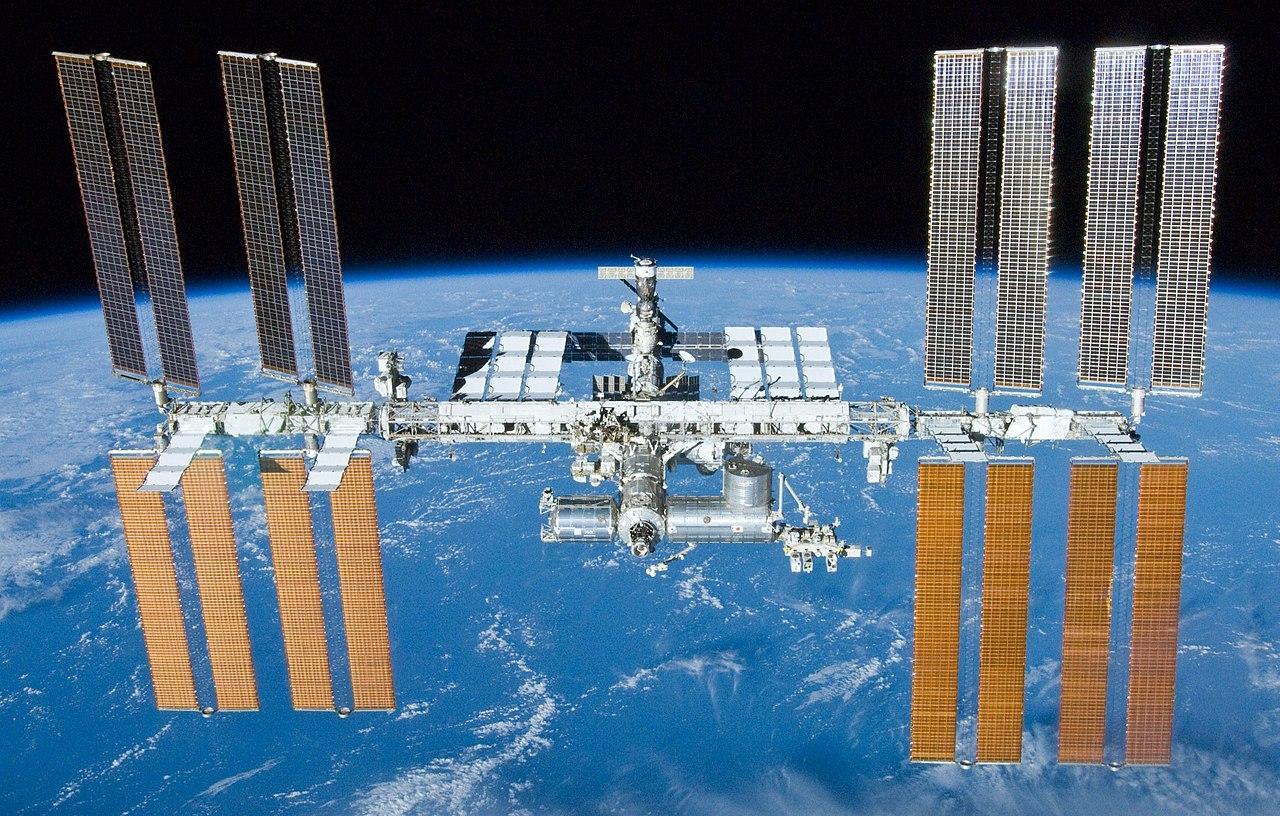
HOUSTON—Despite global tensions over Russia’s invasion of Ukraine, NASA and Roscosmos continue to weigh a seat exchange agreement that would ensure every launch to the International Space Station (ISS) by either agency has at least one astronaut and one cosmonaut on board.
An accord would ensure the two space agencies have at least one representative on board to deal with the critical systems that each has provided the 15-nation orbital science lab, which is in its third decade of operations.
NASA has stressed that the agreement it hopes can be in place next fall should not involve an exchange of funds between the two agencies.
But the timing remains uncertain as Russia and its governing bodies continue to assess the proposal, Kathy Lueders, associate administrator of NASA’s space operations mission directorate, told a March 31 news briefing.
NASA’s goal has been to initiate the agency’s part of a seat exchange agreement by including a cosmonaut among four crewmembers who are planned for launch in October on the SpaceX Dragon Crew-5 mission to the ISS.
“If we don’t get the paperwork out of the Russian government and over to our side, we won’t have enough time to support crew training and operations for Crew 5,” Lueders said. “But I tell you we still feel that is our long-term logistics strategy. So we will continue to look at having that in place for the next crew mission.”
NASA and SpaceX are currently looking to April 20 for the launch of the SpaceX Crew 4 mission to the ISS with three NASA astronauts and one from the European Space Agency (ESA) for a six-month tour of duty. The four NASA and ESA SpaceX Crew 3 astronauts who have been aboard the ISS since mid-November are due to return to Earth late this month.
There are currently no NASA astronauts in Russian training for a Soyuz launch, nor cosmonauts in U.S. training for a Crew Dragon launch—a critical requirement for a fall start of the agreement, Dana Weigel, NASA ISS deputy program manager, told the briefing. But NASA remains hopeful.
“There is a point in time where you kind of hit a limit. You either have a plan in place or push it out a little,” Weigel said. “We are not there yet. We are both working on it.”
NASA has been working to ensure a Russian exchange cosmonaut would have a required U.S. version of a spacesuit, but nothing similar is underway in Russia, Weigel added.
“It’s really important to us programmatically. It gives us a lot more robust capability to fly crew on each other’s vehicles. We are very much aligned with Roscosmos on that goal,” Weigel said.
“Both of us have our own processes that we have to work through. They have their own version of a foreign ministry, and they are going through that process. That is a critical milestone for us,” she said of the training requirements. “I don’t have a specific schedule. Everyone continues to look into and kind of refine how far out we could push that.”
NASA astronaut Mark Vande Hei arrived in Houston and NASA’s Johnson Space Center early March 31 after returning to Earth aboard Russia’s MS-19 Soyuz spacecraft in Kazakhstan on March 30 after a U.S.-record 355-day mission to the ISS.
He is the fourth NASA astronaut to have spent more than 325 days in space.
Each has provided medical researchers with critical physical and psychological health data associated with lengthy future human deep-space exploration missions, which in the case of a roundtrip journey to Mars could last two to three years with current rocket propulsion technologies.
NASA’s Human Research Program would like to have 10 such missions, a goal that could be made more achievable with the flexibility of a launch exchange agreement and the certification of Boeing’s CST-100 Starliner for the regular commercial crew transportation of astronauts to and from the ISS, Weigel said.
Boeing’s first attempt at reaching the ISS with an uncrewed test flight to demonstrate autonomous docking failed to raise its altitude after achieving initial orbit in December 2019 due to subsequently addressed software issues.
Boeing and NASA are preparing for a second attempt at the uncrewed Starliner test flight with a May 20 launch. If successful, the Starliner test would be repeated with NASA astronauts aboard late this year, potentially leading to certification, Steve Stich, NASA’s commercial crew program manager, told the briefing.
Once the certification milestone is achieved, NASA intends to alternate SpaceX Crew Dragon and Boeing Starliner crew missions to the ISS, providing even more crew launch flexibility to ensure a continuous U.S. presence aboard the ISS.
NASA space station operations currently are authorized by Congress through 2024. The Biden administration is backing efforts by NASA to extend ISS operations through 2030.
